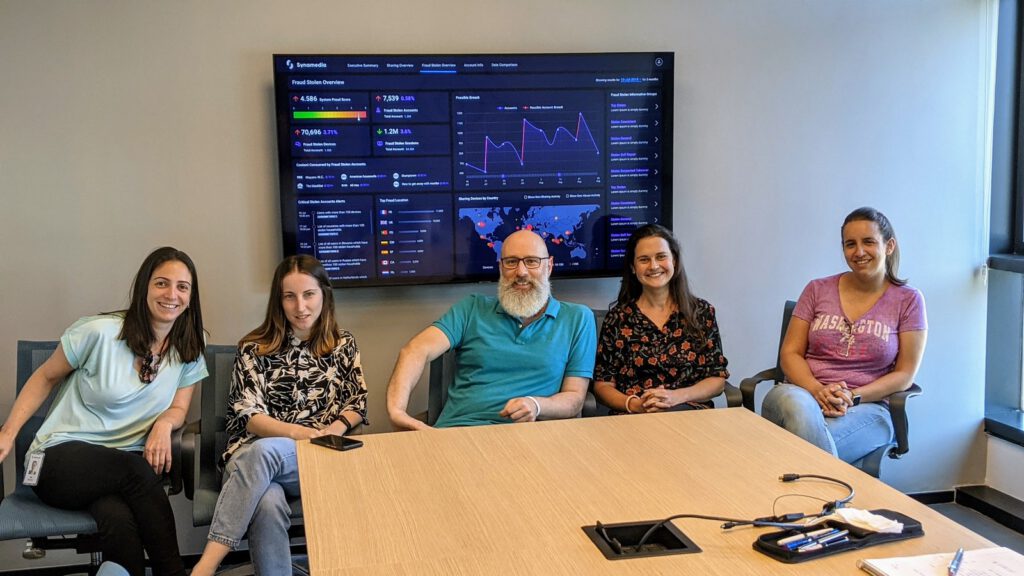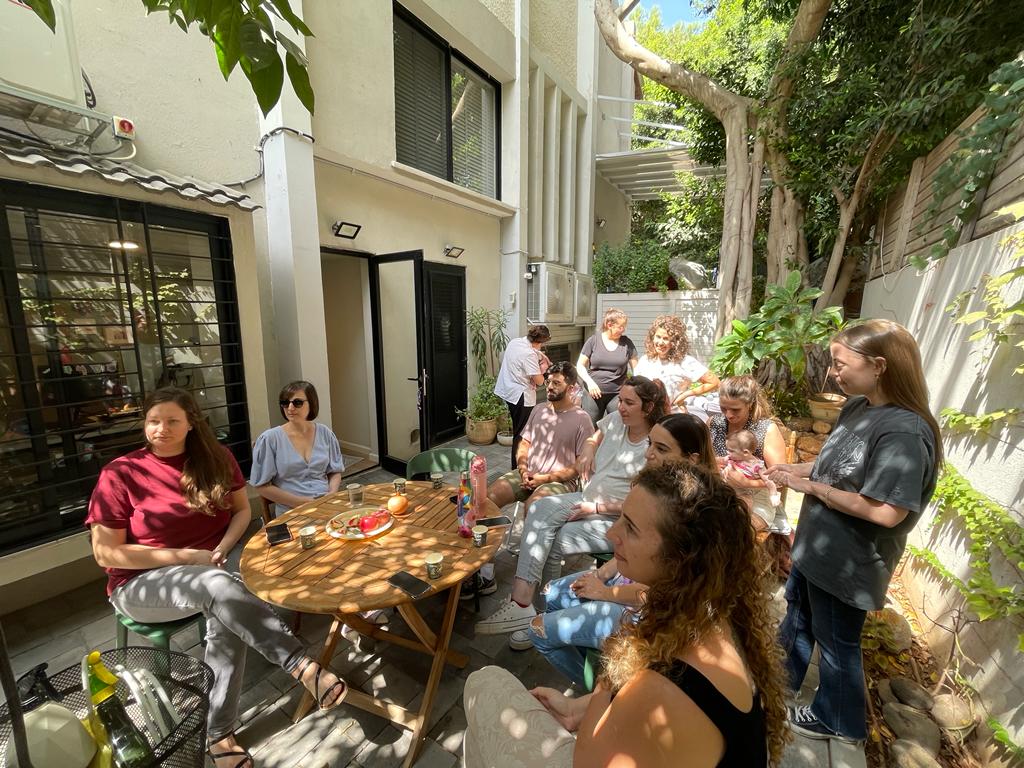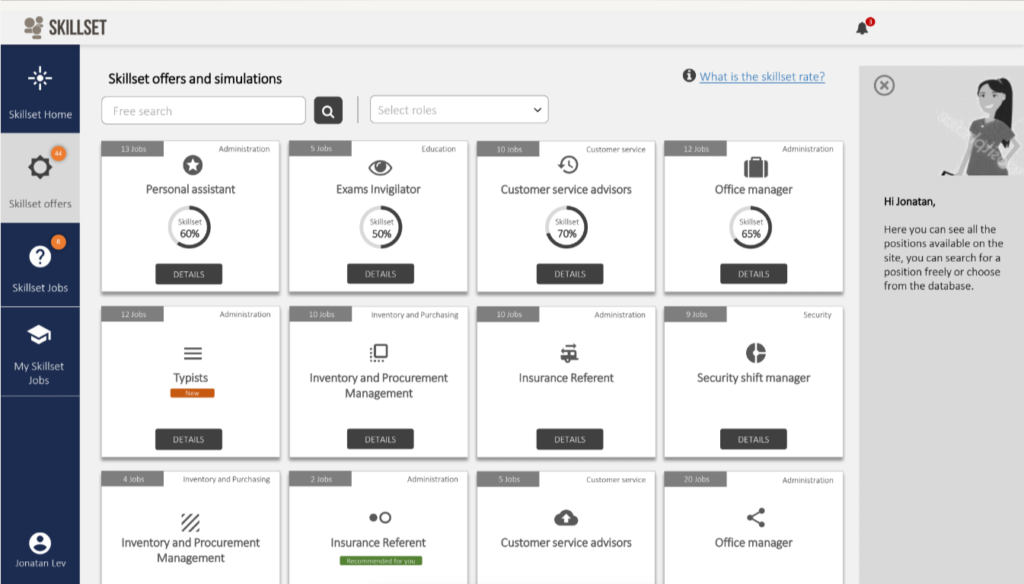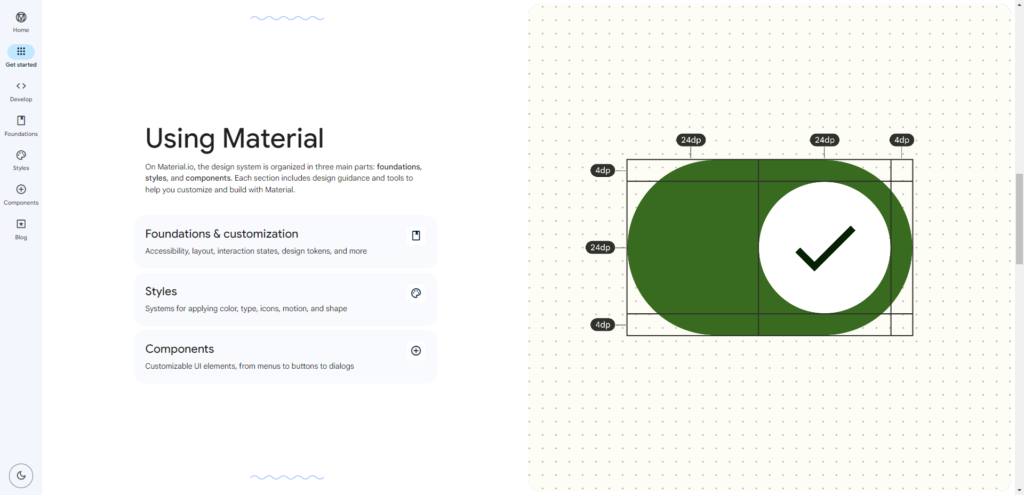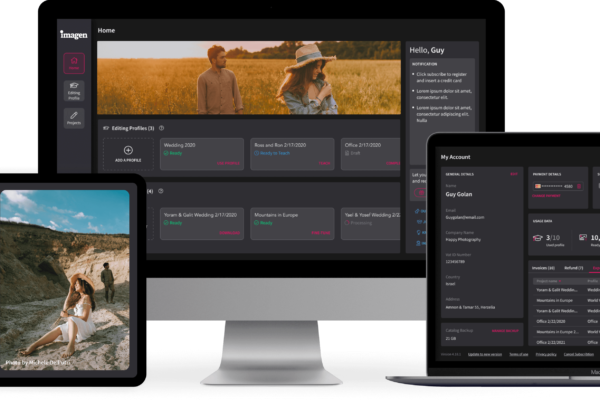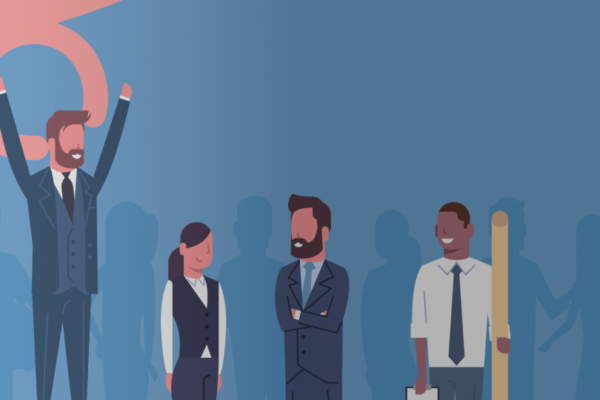Imagine this: you’ve just come up with an amazing idea for a product or you have one already in hand. You realize that in order to elevate your product, you need to bring in some UX and UI designers to take your ideas to the next level, so you decide to contact a design studio for their services. How do you know which studio to choose? What questions should you ask yourself before reaching out to a design studio? How will you know which studio is the best fit for your needs? In this article, we will help you understand some leading principles to follow when it comes to choosing the right design studio and we’ll share some insights into how design studios like ours go about this process with potential clients.
First Steps
First and foremost, let’s deep dive into the world of UX/UI design — specifically into the world of design studios. The market is saturated with design studios of varying sizes, specializing in different topics and providing various services. Each studio also has their own work methods. For example, there are studios which utilize a very orderly process of separating UX and UI design (including our studio), and some studios combine the steps together with a product (UX/UI) designers who both characterize the screens and then design them.
Before you even reach out to different design studios to see what services they offer, we recommend you first formulate how you yourself would like the design process to be carried out. Ask yourself the following questions:
- “What do I want my product to look like?”
- “Do I want to take a big part in the decision making process, or allow a studio to take the lead and give my opinion here and there?”
- “How frequently do I want to meet with a studio’s design team throughout the process?”
- “Am I open to hearing a variety of ideas for branding and design, or do I want to stick with my current branding and design style?”
The more focused you are on exactly what your needs are for your product, the more thoughtfully you’ll be able to consider any potential design studios.
Size matters
One important parameter for choosing a design studio partner the size of the studio. There are large studios in the market with tens to hundreds of employees, as well as small to medium-sized studios with a limited number of team members. There are advantages and disadvantages for each of these, so it’s important to take this into account before making any decisions.
Let’s break down these advantages and disadvantages for each studio size. The advantage of working with larger studios is that they have more manpower and thus can easily determine the project team according to the need of their client. The disadvantage is that usually, designers from a large studio who end up working on a project tend to be less experienced, and they are often supervised by more senior employees.
On the other hand, the advantage of small and medium-sized design studios, like our studio, is their ability to choose the projects that the studio works on, which leads to a better connection to your product. These studios will usually be more attentive and will adapt their way of working to best suit your needs, as well as produce results according to the needs you determine. Think of it as a more personalized experience. Of course, there are also disadvantages, such as limited human resources, but these disadvantages are negligible if you carry out a proper UX/UI process; coordinate expectations in advance; and set goals; and of course set deadlines to meet those goals.
UX/UI versus UX & UI
Another issue that should be considered when choosing a studio is whether they use a UX to UI design process, or if they combine the UX/UI work into one role. Both of these processes have advantages and disadvantages, but in most cases our studio tends to separate the process into two separate roles – UX and UI – for a few reasons. Though unifying the roles helps maintain uniformity and quick delivery of screens, it actually limits the UX characterization within the limits of the design, and vice versa. What does that mean? Usually, when the process is unified, the same person works on both the UX and UI design simultaneously, and in most cases this results in more significant focus on the visual design at the expense of UX characterization. When you separate the two steps, it’s easier for both you as product managers, and for us in the studio, to give each functional dimension of the process its right place (i.e. making sure that the product uses solid UX principles) before focusing on design elements which look nice on the screen but don’t necessarily improve user experience.
UI Libraries and Design Systems
There are different approaches when it comes to design work — some which are faster, while others are more creative. The main question at this stage concerns both your preference as product people and your preference of working with a specific studio.
It’s possible to build a digital product, system, or platform from an existing UI library, which makes the process much faster because you don’t need to create unique components for the entire product and can use a variety of pre-made buttons, fields, tabs, menus, and more which someone created. These UI libraries can be free (like Google’s Material UI) or paid. The disadvantage of using a pre-made design system is that the UX and UI designers are limited to using only existing components, which can hinder their creativity which in turn can impact an end-user’s experience.
On the other hand, if you choose to build or rebuild your product, this process takes time and we as a studio always recommend building a design system which creates all the components of your platform and maintains consistency between the different screens. Design systems can be updated over time, so it has value long after the current design is finished since it can be used to design new features or screens.
Great minds think alike
When it comes down to it, people enjoy working with like-minded people — and no matter how much we examine the level of professionalism in a design studio, the projects in their portfolio, or their work methods — in the end a large part of the decision comes down to how comfortable you feel working with a potential design studio. We encourage you to ask to meet the direct team you will work with. Examine the level of conversation with them, how open they are to hearing your ideas and what you’re looking for, and analyze how much you are in the same mindset. We strongly believe that finding the right studio is a combination of finding the right people with the right mindset so that together you can turn your vision into a reality and produce a great product.


